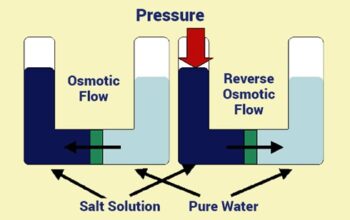Managed detection and response (MDR) is a security service that helps organizations detect, investigate, and respond to malicious activity and threats. MDR services are typically delivered by managed security service providers (MSSPs), third-party companies specializing in cybersecurity.
MDR services can help organizations who don’t have the resources or expertise to build and maintain their in-house security operations center (SOC). SOCs are teams of security professionals who monitor an organization’s networks for signs of intrusion and respond to incidents.
Here are some of the key benefits of MDR:
– 24/7 monitoring and detection: MSSPs can provide around-the-clock monitoring of an organization’s networks and systems for signs of malicious activity. This can free up in-house security staff to focus on other tasks.
– Quick response to incidents: MSSPs can help organizations quickly investigate and respond to incidents, minimizing the damage caused by attacks.
– Improved detection: MSSPs typically have access to a wider range of tools and data than most organizations, which can help them improve their detection capabilities.
– Access to expert staff: MSSPs can provide organizations with access to experienced security professionals. This can be especially helpful for small organizations that don’t have their in-house security staff.
– Cost savings: MDR services can be more cost-effective than building and maintaining an in-house SOC.
Here are some services that MDR providers typically offer:
– Intrusion detection and prevention: MDR providers can help organizations detect and block malicious activity with a combination of tools and human expertise.
– Vulnerability management: MDR providers can help organizations identify and patch vulnerabilities in their systems before being exploited by attackers.
– Security information and event management (SIEM): MDR providers can use SIEM tools to collect and analyze data from an organization’s security devices and systems. This data can be used to detect and respond to incidents.
– Threat intelligence: MDR providers can help organizations stay up-to-date on the latest threats and understand how they might impact their organization.
– Incident response: MDR providers can help organizations plan for and respond to incidents. This includes steps like containing the damage, identifying the root cause, and taking steps to prevent similar incidents.
– Security awareness training: MDR providers can help organizations educate their employees about security risks and best practices.
– Regulatory compliance: MDR providers can help organizations meet various compliance requirements, such as data privacy or security.
MDR services can be cost-effective for organizations to improve their security posture and protect their networks and data. If you’re considering MDR, be sure to research different providers to find one that’s a good fit for your organization.




